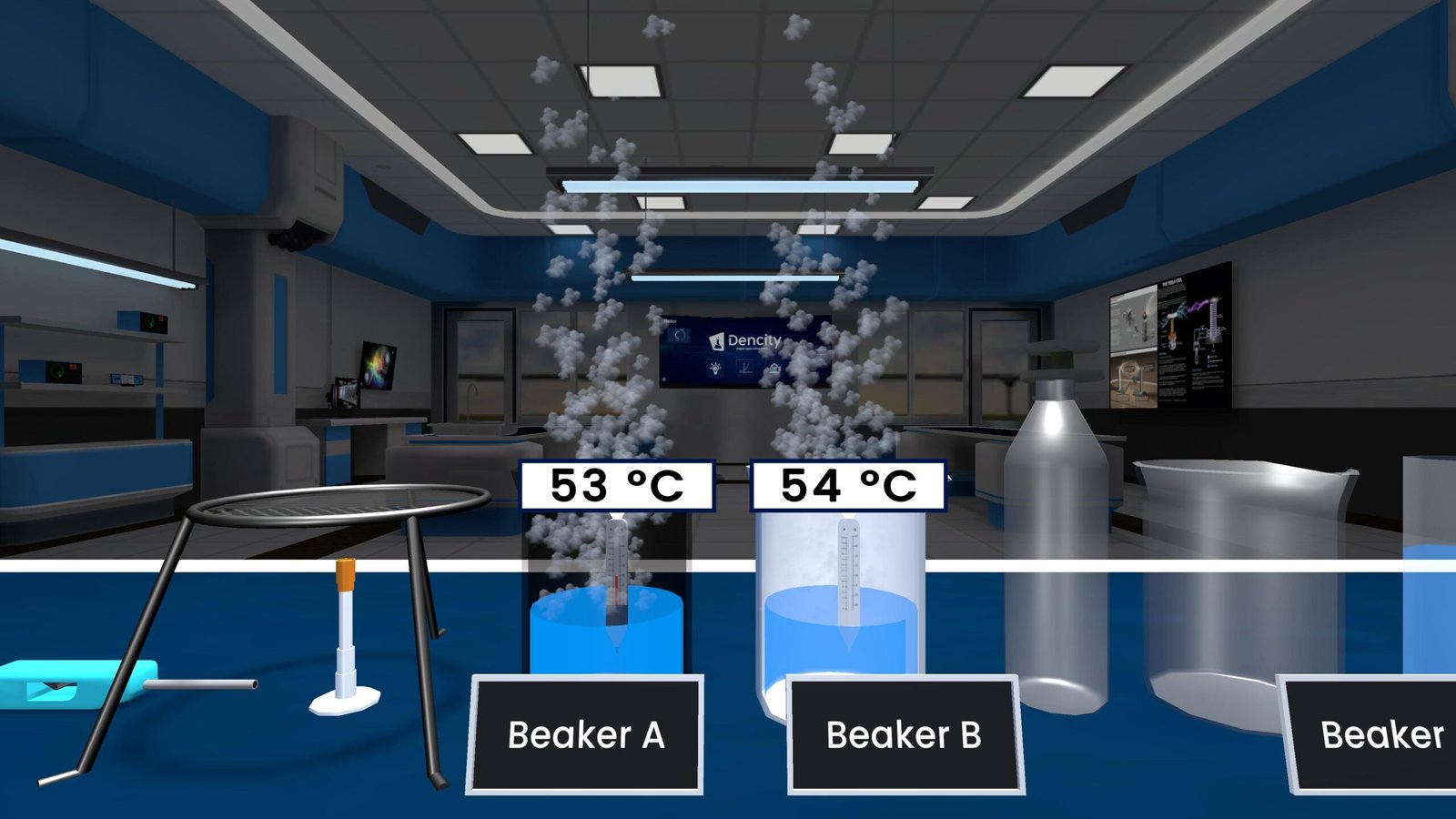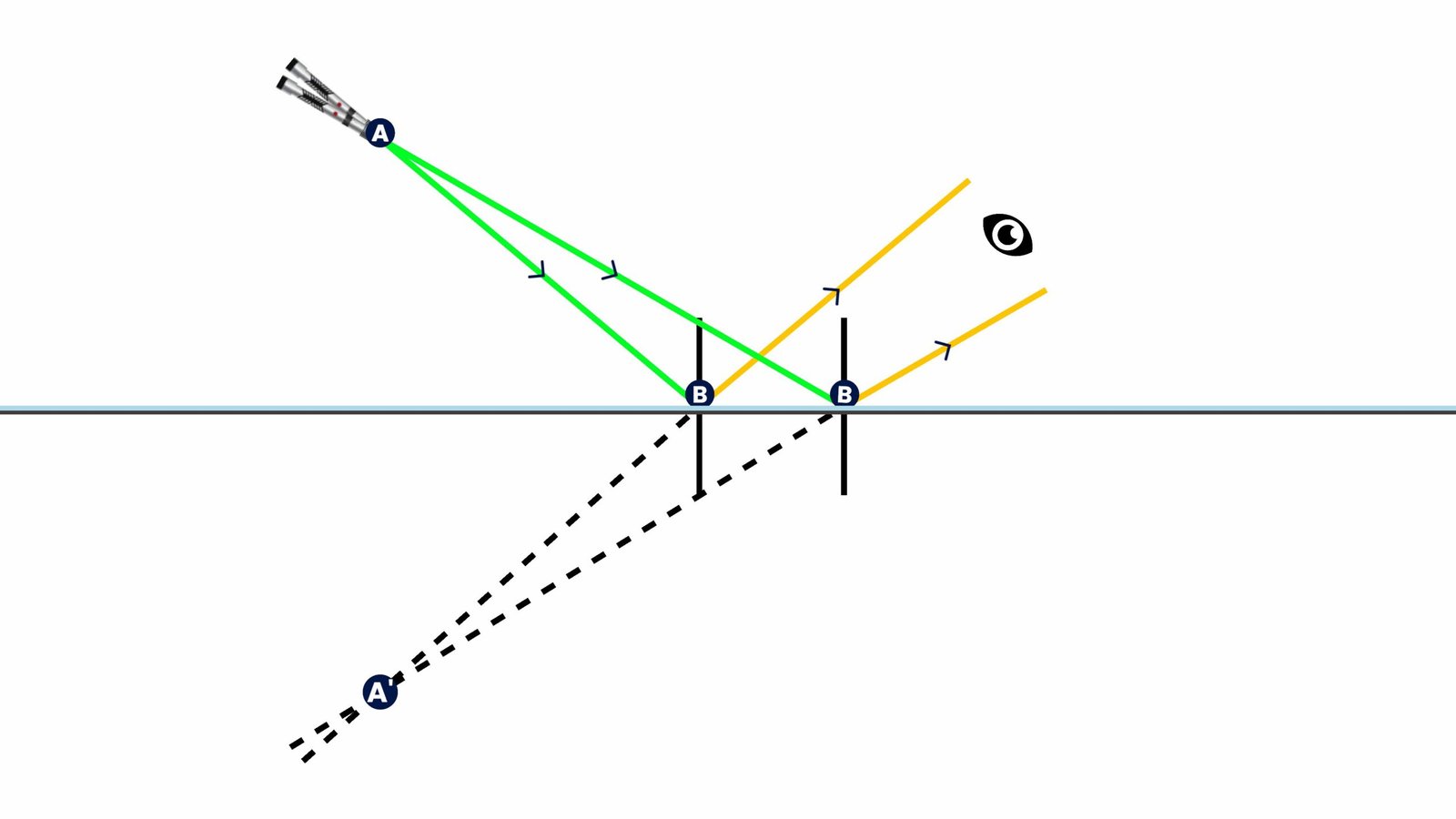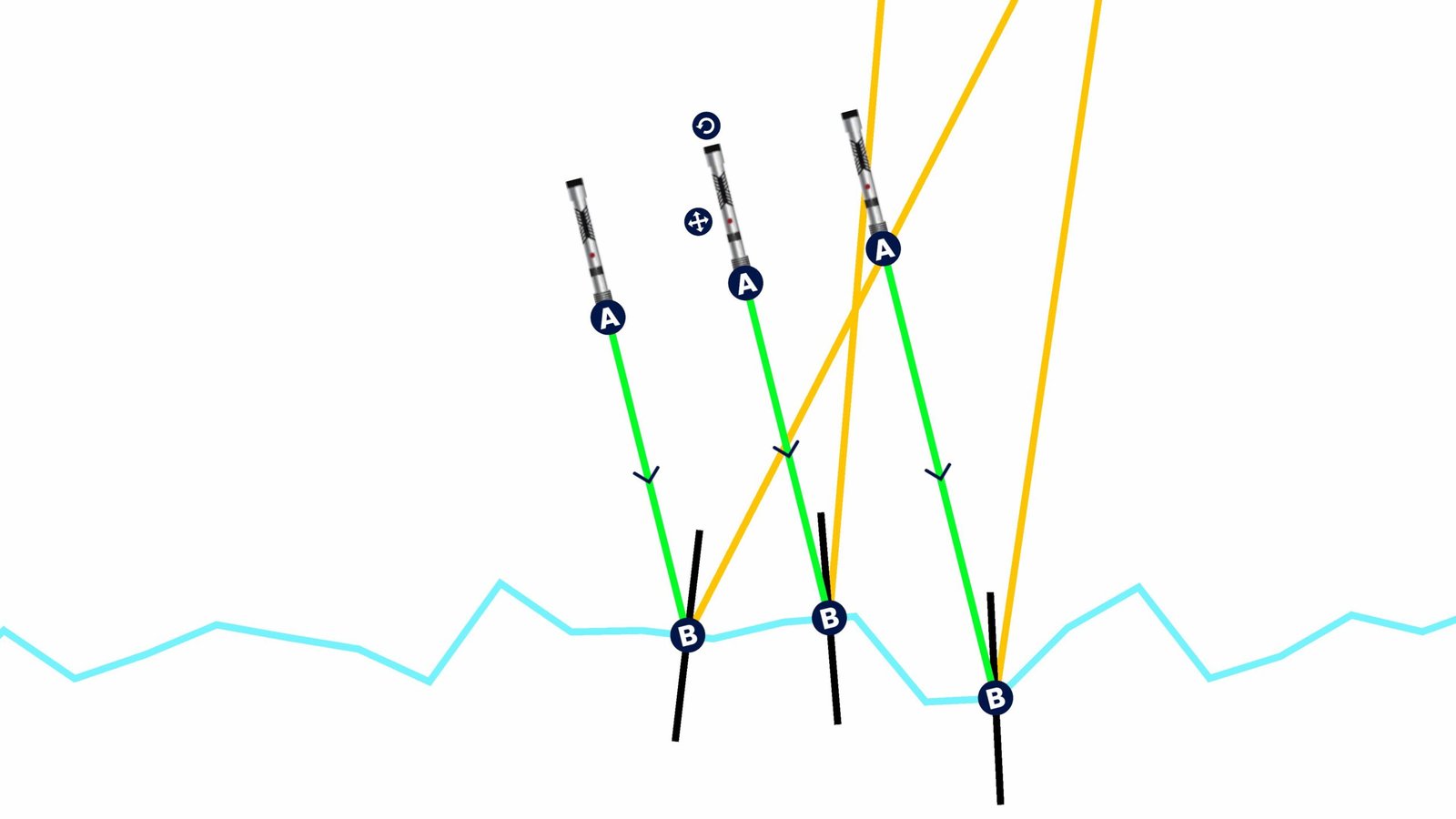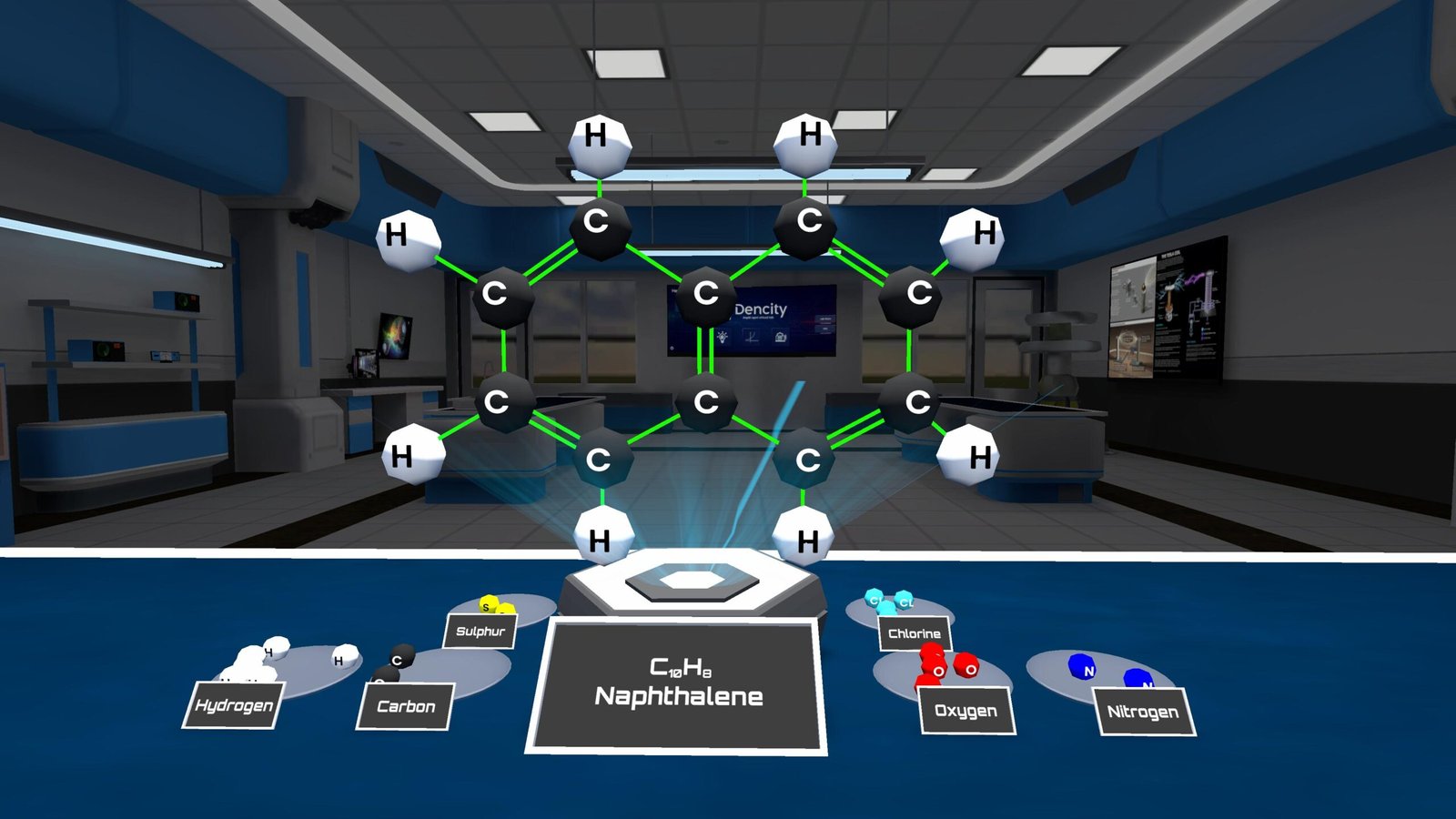Effect of Color on Heat Absorption and Retention – Experiment
Have you ever wondered why wearing a black shirt makes you feel hotter in the sun compared to a white one? This experiment helps us understand how color affects heat absorption and retention, using a simple setup with water, colored beakers, and thermometers.
What This Experiment Teaches
The experiment shows that dark colors absorb and retain more heat, while light colors reflect heat and lose warmth more quickly. By using two beakers—one black and one white—filled with hot water, we can observe how fast each one cools down.
Experiment Overview
- We begin with room-temperature water (about 27°C) poured into a central beaker (Beaker C).
- This water is heated to around 60°C using a burner.
- The hot water is then equally poured into two beakers:
- Beaker A (Black)
- Beaker B (White)
- Thermometers are placed in both beakers.
- After 15 minutes, we measure the temperature in each beaker.
What Happened?
- Initial Temperature of both beakers: 60°C
- After 15 minutes:
- Black Beaker (A): 30.8°C → Cooled down slowly
- White Beaker (B): 35.5°C → Cooled down faster
So, although both started at the same temperature, the white beaker lost heat more quickly, showing that color plays a big role in heat retention.
Real-Life Applications
- Solar water heaters are painted black to absorb more heat.
- White or silver roofs reflect sunlight, keeping homes cooler.
- Black clothes feel hotter under the sun; white clothes keep you cool.
- Car interiors with darker dashboards heat up more quickly than lighter ones.
Summary Table
| Beaker (Color) | Start Temp (°C) | End Temp (°C) | Cooling Speed |
|---|---|---|---|
| Black (A) | 60 | 30.8 | Slow |
| White (B) | 60 | 35.5 | Fast |
Learn with Dencity – A Smarter Way to Study Science
Dencity brings this experiment and many more to life through its virtual science lab, available on Android, iOS, and desktop. You don’t need beakers or thermometers—all you need is a screen!
With Dencity, you can:
- Simulate the effect of color on heat using virtual beakers
- Observe real-time temperature changes
- Perform experiments safely, affordably, and repeatedly
This experiment is perfect for Class 9 science students, helping them grasp real-world applications of heat and color interaction in a fun and interactive way.
Dencity for Teachers
Dencity promotes interactive teaching by allowing educators to:
- Create virtual classrooms
- Assign experiments as homework
- Track student progress with automated reports
- Demonstrate science concepts live on-screen
- Use drawing tools to explain concepts step by step
It’s a game-changer for science teachers who want to make learning hands-on and engaging.
Seamless on Interactive Touch Panels
Dencity is optimized for interactive panels in smart classrooms. Teachers and students can run experiments with just a few taps, making science lab experiences smooth, intuitive, and fun.
Educational Institutions – Let’s Collaborate
Want to modernize your science labs?
Contact us for a custom demo or pricing plan tailored to your school’s needs. Experience the future of science education with Dencity.
Frequently Asked Questions (FAQs)
- Why does black retain more heat than white?
Because black absorbs most of the radiation, while white reflects it. - Which beaker cools faster in this experiment?
The white beaker cools faster due to higher reflectivity. - Can I perform this experiment virtually?
Yes, the Dencity app lets you simulate the entire setup virtually. - What class is this experiment suitable for?
It is ideal for Class 9 science students. - Is Dencity available for mobile and desktop?
Yes, it’s available on Android, iOS, and desktops. - How can this help teachers?
Teachers can use it for interactive teaching, demos, and homework. - Is the virtual experiment accurate?
Yes, Dencity simulates real-world physics with precise calculations. - Does Dencity require lab setup?
No, everything is done virtually—no setup or materials needed. - Can I track student performance?
Yes, teachers get automatic reports for every student. - Do you provide school-level customization?
Absolutely! Contact us for a demo or school plan.
Dencity – Making Science Real, Virtual, and Accessible for Everyone.
Try it now and take your learning to the next level.







